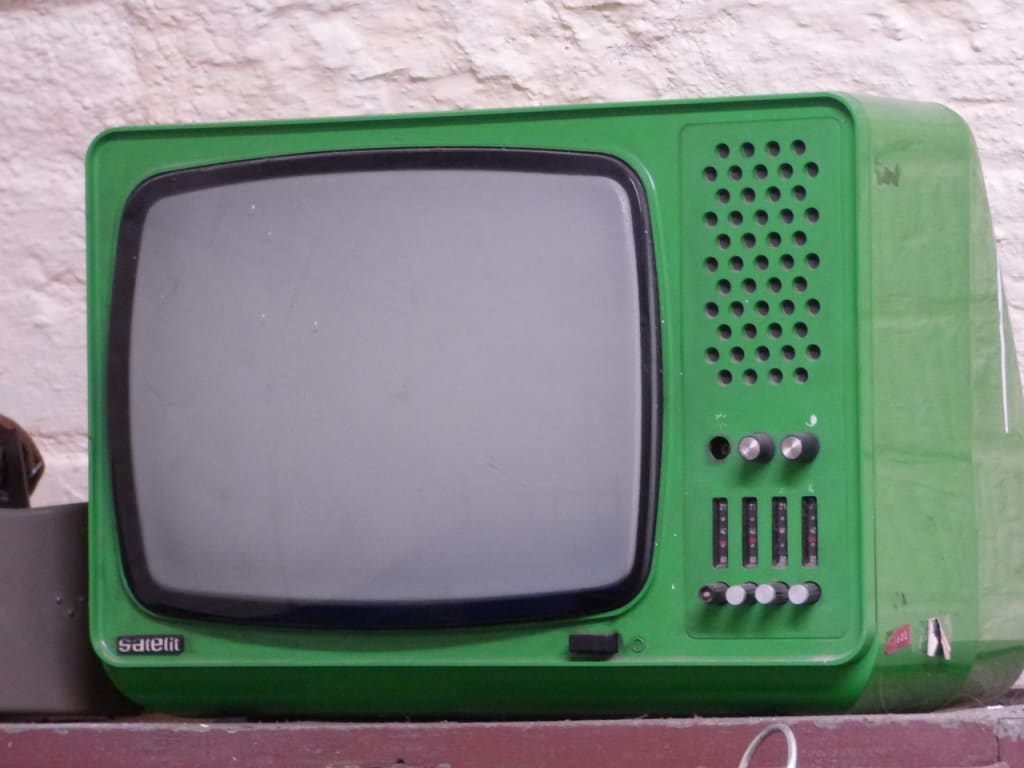
The Birth of Television
The Seeds of Innovation
In the early 20th century, the world was abuzz with new technological advancements. The invention of the radio had revolutionized communication, and now, scientists and inventors were dreaming of a way to transmit moving images to accompany the sound. The concept of television, a device that could bring visual entertainment and information directly into people's homes, was born from this dream.
The Visionaries
Among the pioneers of television technology were two brilliant minds: John Logie Baird and Philo Farnsworth. Baird, a Scottish inventor, was fascinated by the idea of capturing and transmitting images. Despite facing numerous challenges, including financial difficulties and skepticism from peers, he persevered.
In 1926, Baird made history by demonstrating the first working television system in his London laboratory. Using a mechanical system involving spinning disks and a bright light, he successfully transmitted a recognizable image of a human face. This rudimentary broadcast marked the beginning of a new era in communication.
Meanwhile, across the Atlantic in the United States, Philo Farnsworth, a young inventor from Idaho, was independently developing his own version of television. Farnsworth's approach was based on electronic technology rather than mechanical, which promised greater potential for quality and reliability. In 1927, at the age of 21, Farnsworth achieved a major breakthrough by transmitting the first all-electronic television image—a simple line.
The Race to Innovate
The 1930s saw rapid advancements in television technology, with Baird, Farnsworth, and other inventors around the world racing to refine and perfect their systems. Baird continued to make significant strides, demonstrating color television and stereoscopic (3D) television. However, his mechanical system was ultimately surpassed by electronic methods.
Farnsworth, despite facing numerous patent disputes and financial challenges, continued to push the boundaries of electronic television. His work laid the foundation for the television systems that would become standard in the decades to come.
The First Broadcasts
As technology improved, the first experimental television broadcasts began. In 1930, the BBC in the United Kingdom began regular television broadcasts using Baird's system. These early broadcasts were limited in range and content, often consisting of short performances, news, and educational programs.
In the United States, RCA (Radio Corporation of America) emerged as a major player in the development and commercialization of television. Under the leadership of David Sarnoff, RCA invested heavily in television research and development. In 1939, RCA unveiled the first commercial television sets at the New York World's Fair, marking the official birth of television as a consumer product.
The Impact of World War II
The outbreak of World War II temporarily halted the progress of television development, as resources and efforts were redirected towards the war. However, the war also highlighted the potential of television for mass communication and propaganda. The technology continued to evolve, and by the end of the war, significant advancements had been made.
The Post-War Boom
After World War II, television experienced a rapid expansion. In the late 1940s and 1950s, television sets became more affordable, and broadcasters began offering a wider variety of programming. Families gathered around their TV sets to watch news, sports, dramas, comedies, and variety shows.
In the United States, iconic programs such as "I Love Lucy," "The Ed Sullivan Show," and "The Twilight Zone" captivated audiences and became cultural landmarks. Television became a powerful medium for shaping public opinion, providing entertainment, and disseminating information.
The Golden Age
The 1950s and 1960s are often referred to as the "Golden Age of Television." During this period, television became an integral part of daily life for millions of people. Networks like NBC, CBS, and ABC in the United States, and the BBC in the United Kingdom, dominated the airwaves, producing high-quality programming that set the standard for the industry.
Global Expansion
Television quickly spread around the world, with countries establishing their own broadcasting systems and creating content that reflected their cultures and values. In Japan, the launch of NHK's television service in 1953 marked the beginning of a new era in Japanese media. In the Soviet Union, state-controlled television became a tool for propaganda and cultural education.
The Evolution Continues
As technology continued to advance, so did television. The transition from black-and-white to color broadcasts in the 1960s brought a new dimension to the viewing experience. The introduction of cable and satellite television in the 1970s and 1980s expanded the number of available channels and programming options.
In the digital age, the advent of high-definition television (HDTV), streaming services, and smart TVs revolutionized the way people consumed content. Television became more interactive and accessible, allowing viewers to watch their favorite shows and movies anytime, anywhere.
The Legacy of Television
The invention of television transformed the world, creating a global medium that transcended borders and connected people in unprecedented ways. It influenced culture, politics, and society, shaping the way we perceive and understand the world.
From its humble beginnings in the minds of visionary inventors to its current status as a ubiquitous part of modern life, television's journey is a testament to the power of innovation and human ingenuity. It continues to evolve, adapting to new technologies and changing viewer preferences, but its core mission remains the same: to inform, entertain, and bring people together.
About the Creator
Enjoyed the story? Support the Creator.
Subscribe for free to receive all their stories in your feed. You could also pledge your support or give them a one-off tip, letting them know you appreciate their work.





Comments
There are no comments for this story
Be the first to respond and start the conversation.